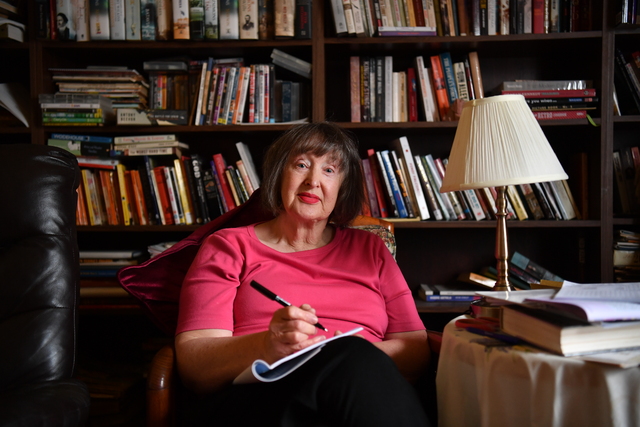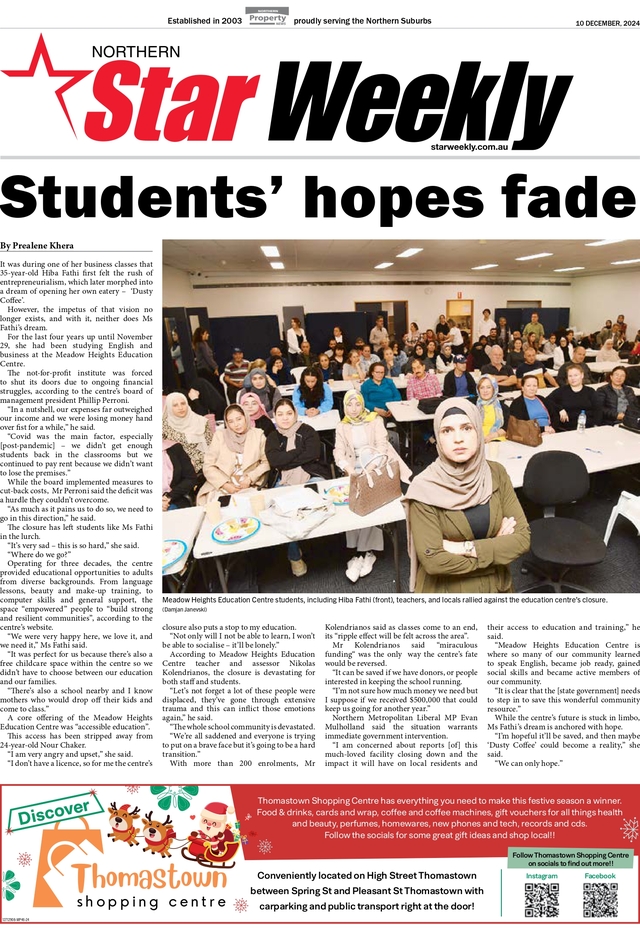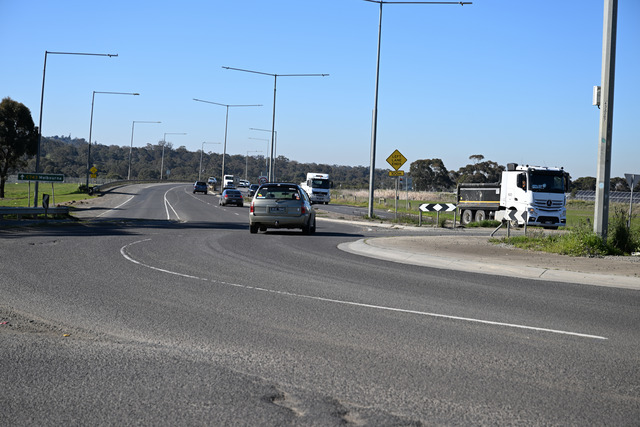Williamstown amateur historian Barb McNeill is Star Weekly’s history columnist. This week she tells the tale of Elizabeth Taylor whose trade was helping women terminate unwanted pregnancies, a procedure that could be tragically fatal. One such unlucky ’patient’ was Ballan hotel licensee and widow Nelly Carter.
When Elizabeth Taylor was sentenced to death by Justice Thomas A’Beckett, she had no violet eyes, no raven tresses or rosebud mouth with which to sway an all-male judge and jury. Indeed, Elizabeth was a plain and dumpy redhead, with strings of court appearances that did her no favours at all.
Charging between 10 pounds and 20 guineas for a “consultation” in her Richmond premises, Mrs Taylor needed hefty wads of cash to bribe doctors into signing false death certificates, or pay teams of lawyers as she faced one charge after another of conspiracy to procure abortion, and malpractice that ended in maternal deaths. Time after time she walked free due to technicalities or lack of concrete proof, or because survivors of the ghastly ordeal were too ill or frightened to appear as witnesses against her.
In 1882, Margaret Robinson, a widow, died. In 1883, a 15-year-old barmaid, Florence Waddilove, died. In 1886, Julia Warburton also died of significant internal injuries. You could have knocked Elizabeth down with a curette when she was sentenced to two years’ hard labour in Melbourne Gaol for manslaughter.
However, within days of her release, she was back at work, boldly advertising her services as an “accoucheuse” and raking in the cash. More women died of peritonitis, mainly due to sharp, dirty instruments puncturing the uterus.
Dr Richard Youl, Melbourne’s dour Chief Coroner, estimating that a third of all abortions in the colony ended in maternal deaths, pompously opined why abortions were so rampant in Victoria. It wasn’t financial hardships which drove women to this desperate remedy, nor was it the law which denied them access to safe, hygienic terminations. No, it was entirely due to the outrageous behaviour of both sexes and all classes flocking to sinful beaches like, ahem, Williamstown, where they lolled on warm sand and entertained lustful thoughts.
In 1891, the licensee of Ballan’s Railway Hotel, the very respectable 34-year-old Ellen ’Nelly’ Carter, found to her horror that she was pregnant. She had been widowed for two years, had four children aged between 13 and 7 years and was raising them by the hard work of running a pub.
She had arrived in Ballan a little over a year before and needed to establish her business credentials. As well as creating serious financial setbacks, an illegitimate child would ruin her reputation. As she was aware, middle class widows, if they had sexual urges, were expected to remain true to the memory of their departed spouse, which meant a life of irreproachable celibacy. Illegitimate births carried shame, stigma and sometimes social ostracism.
Nelly was very popular; an attractive, outgoing, civic- minded lady but the identity of the man she fell for is unknown. Unsurprisingly, she had heard of the notorious Elizabeth Taylor. Arrangements were made; Nelly travelled to Richmond, where her pregnancy was terminated on 5th May for the fee of 10 pounds. Three days later, Elizabeth, calling herself Mrs Brown, visited Nelly Carter at the Railway Hotel, and there she stayed all night.
To her credit, she returned several times over the week to check on Nelly’s welfare. Still posing as Mrs Brown, she was sufficiently alarmed to send for a doctor when her patient suddenly deteriorated.
The townspeople of Ballan, saddened by what they believed was a bowel disease and praying for the licensee’s quick recovery, flocked to the hotel with flowers and get well messages.
Dr Marr attended on 16th May, diagnosed peritonitis, gave Nelly sedation and remained with her until her death. Dr Woinarski of Ballarat visited on 19th May and agreed that there was no hope of recovery. Nelly suffered terrible pain, screaming for the mercy of chloroform and morphia. Dr Marr reluctantly had to refuse; having persuaded her to make a deposition, her full lucidity was required. On Thursday 21st May, knowing that she could not survive, Nelly made a dying deposition before a magistrate, a senior constable of police, a nurse Sorell and others. This was completed late in the evening. Her distraught children said their goodbyes, and Nelly died shortly after 2 am on Friday, 22nd May, 1891, 17 days after the fateful visit to “Mrs Brown”.
Ballan was incredulous when the true cause of Nelly Carter’s illness was revealed. It simply didn’t seem possible that the devoted mother and hard working licensee had found even a minute to spare for any gentlemen friends. Their disgust and contempt was aimed solely at whoever had used and abandoned this greatly loved woman.
The post mortem was held on 23rd May. Intriguingly, the doctors found no indication of surgical interference, though abortions could be induced by ingesting pennyroyal, or by abdominal pressure. Elizabeth Taylor knew all the tricks of the trade.
She appeared in the Melbourne City Court on 30th May, 1891 before Mr Justice Thomas A’Beckett, charged with the wilful murder of Ellen Carter. Elizabeth sat calmly, confident that her defence counsel would soon have her acquitted, or, at worst, handed a short custodial sentence.
The jury’s verdict was guilty, with a recommendation for mercy, as, in their opinion, the death of Ellen Carter was not wilful. Justice A’Beckett thought differently, and promptly sentenced Elizabeth Taylor to death. She screamed and wept, collapsing onto a chair before being steered back to her cell. Sentence was stayed until the Full Court decided a question of law. Elizabeth’s long streak of good luck stayed with her. Finally, the Executive Council commuted the sentence to 15 years’ gaol.
Remarkably, her close brush with the noose and the rigours of prison life did nothing to persuade Elizabeth to try her hand at some other profession.
Realising that Victoria was now too hot for her, she chose Western Australia as an attractive money spinner. Miners lured girls with their flaunted cash; resultingly, girls became pregnant and in need of her services. Elizabeth packed her instruments of death and headed westwards.
In Perth, 1908, single, 35-year-old Lily Turner, engaged to one man but pregnant to another, died. Elizabeth, now calling herself nurse Pears, received a seven year stretch for manslaughter. The judge in his sentencing dryly observed that for a woman of her age, a lengthy spell in jail was effectively the death sentence. He was correct. Elizabeth Taylor died in gaol in September, 1909.








